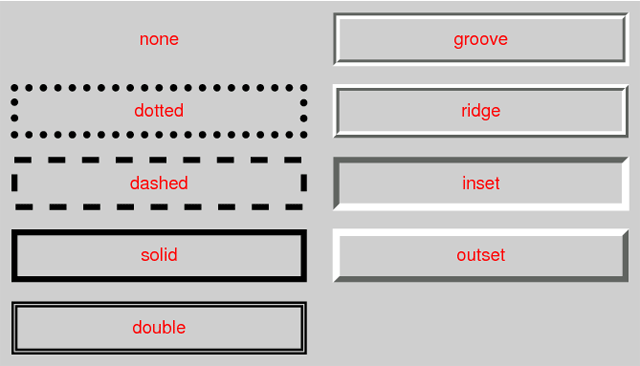Waiting is one of the most irritating
things in the world. I think you would agree that there is nothing worse
than standing in a line waiting for your turn to buy something, get the
information you need or fill in some forms.

Google pays much attention to this part. It is, actually, a bit obsessed with the loading speed of the page. Check the article here. There is no wonder that it encourages fast sites that have a clean code. On this basis digital marketers started using the speed boost as a part of their SEO strategy. However, slow loading pages not only reduce traffic flow but also affect indexation rates that is a key to success for large sites and online stores. For this reason, we are going to take a look at how to make website faster with PageSpeed Insight.

It is also critical to optimize the site and content specially for mobile devices. You should pay much attention to this part as more and more people use tablets or smartphones for browsing on the Internet and having a mobile optimized site is a must have feature.
So, why do some pages load slower than the others and how to optimize website speed? Well, there are many factors that influence on the speed of the site and you can’t point out one particular reason that causes troubles. As a rule, low speed is the result of huge lines of code, not optimized images, internal adjustments of the site, etc. It is enough to fix some of these bugs to improve the performance of the site and make it work more effectively.
As you can see, loading speed is the key to success and it is vital to optimize all pages of the site. Unfortunately, it is almost impossible to do that manually, but there is a variety of tools that will help you get the job done. PageSpeed Insights is one of the best and the most powerful apps designed to help developers analyze their pages and make them load faster. The program measures the performance of the site for both desktops and mobile devices, so you don’t need to check the codes separately. Just enter the URL address in the field and hit “Analyze” button.
PageSpeed indicates the performance of the theme with scores. If the score is above 85, it means that the page performs well. If it is below 85, it is recommended to fix the bugs to make it meet the minimum requirements. Besides that, the program will give you recommendations on what changes are required to make your site work to its full potential.
Each suggestion is indicated with a particular sign: green – means that no bugs are detected, yellow – it is better to fix the troubles, red – some serious troubles that affect the performance are detected. In such a way, you get a full picture of how your site looks from the inside.

As it was mentioned above, loading speed is vital for eCommerce sites like online stores and shops. If you run such kind of business, you may also find this tool useful. But still there is a problem. If some troubles are detected, do you have enough time to fix them manually. It is OK if there are not many pages, but how to make a web page load faster if the assortment of you store is pretty wide. It will take you a lot of time to optimize the site. In this case, you should consider purchasing one of the given OpenCart templates that were analyzed and showed pretty high results.
Reference: http://blog.templatemonster.com/2015/06/18/how-to-make-website-faster-with-pagespeed-insight/?utm_campaign=TM+Newsletter+maklaud+2015-06-18&utm_medium=email&utm_source=newsletter



















